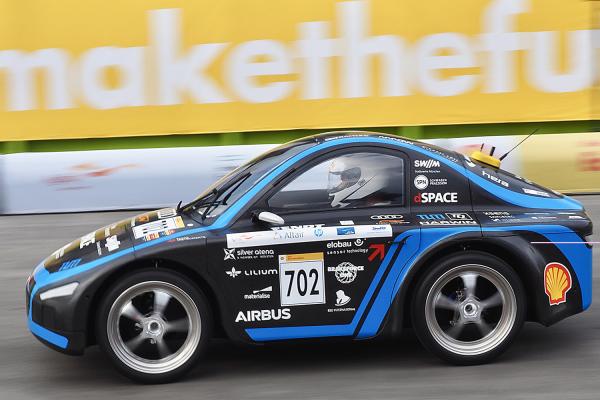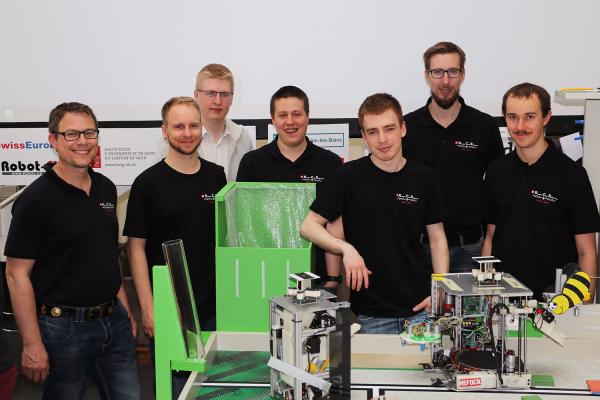Human beings are extremely complex and dynamic. The unique anatomy of each individual makes analyzing the way humans walk a daunting and highly personalized task. The challenge is exacerbated when muscular weakness and imbalance comes into play, as is the case with patients recovering from strokes and other bedridden conditions. At the University of Ottawa, a team of engineering students are working on building an exoskeleton to help patients with such a condition.
Guided by the community and their professors, the team (UOttawa Bionics) is developing a hip mounted exoskeleton that will provide physical support to the patient, allowing them to go about their day-to-day tasks with ease while at the same time assisting them in their recovery. The exoskeleton is powered by two maxon EC 90 flat motors. These brushless DC motors provide precise torque when needed as well as feedback data for analysis and gait improvement. As the patient regains their strength and coordination over time, the motor support is reduced, allowing for a natural recovery to full strength.
uOttawa Bionics is currently manufacturing their first full prototype. The team hopes that once the fundamentals of exoskeleton design are achieved and the full design is perfected, they can begin to work on optimizing the exoskeleton and program it for stroke patients.
The team is planning to attend the Create the Future conference in 2019 and BioRob 2019 to showcase their design, as well as the RESNA design competition.



